Description
The Plant
QUERCUS palustris ‘Isabel’, more commonly known as the dwarf sawtooth oak, is a true treasure for garden enthusiasts. Indeed, this dwarf variety of the sawtooth oak develops into a globular and compact shape with very dense green foliage. This plant grows very slowly. Although it offers a unique spectacle all year round, it is also surprising in autumn. So, the foliage, a tender green in spring, is adorned with warm and vibrant hues with the arrival of the first frosts. They change from golden yellow to bright orange, then to flaming red. This palette of colors makes it an essential element for creating warm and welcoming atmospheres in your garden.
How to plant and care for QUERCUS palustris ‘Isabel’ ?
Planting
This true dwarf is one of the hardiest and easiest trees to grow. It adapts to different types of soil. It appreciates sunny exposures but also tolerates partial shade. The soil pH can be acidic, neutral or calcareous. Follow our planting advice available here to plant this little wonder.
Care
After planting, regular watering is necessary for the first year to promote rooting (follow our watering tips here). Afterward, watering should be spaced out, except during prolonged periods of drought. This tiny tree does not even require special pruning.
History and Origin
QUERCUS palustris ‘Isabel’ is a recent, natural mutation of the sawtooth oak, a majestic tree native to the wetlands of eastern North America and Canada. The sawtooth oak has long been prized in North America for its high-quality timber and ornamental value. Introduced to Europe in the 18th century, it has quickly naturalized in many regions. In fact, in France, it is often planted in rows along roads or in parks.
QUERCUS palustris ‘Isabel’ emerged as an individual exhibiting unique characteristics:
- a very small size,
- a compact shape and
- an extremely slow growth.
The exact circumstances surrounding this discovery remain unclear, but it appears that this dwarf variety was identified in a private garden in the Netherlands. Finally, botanists have shown great interest in it, recognizing the ornamental potential of this new variety.

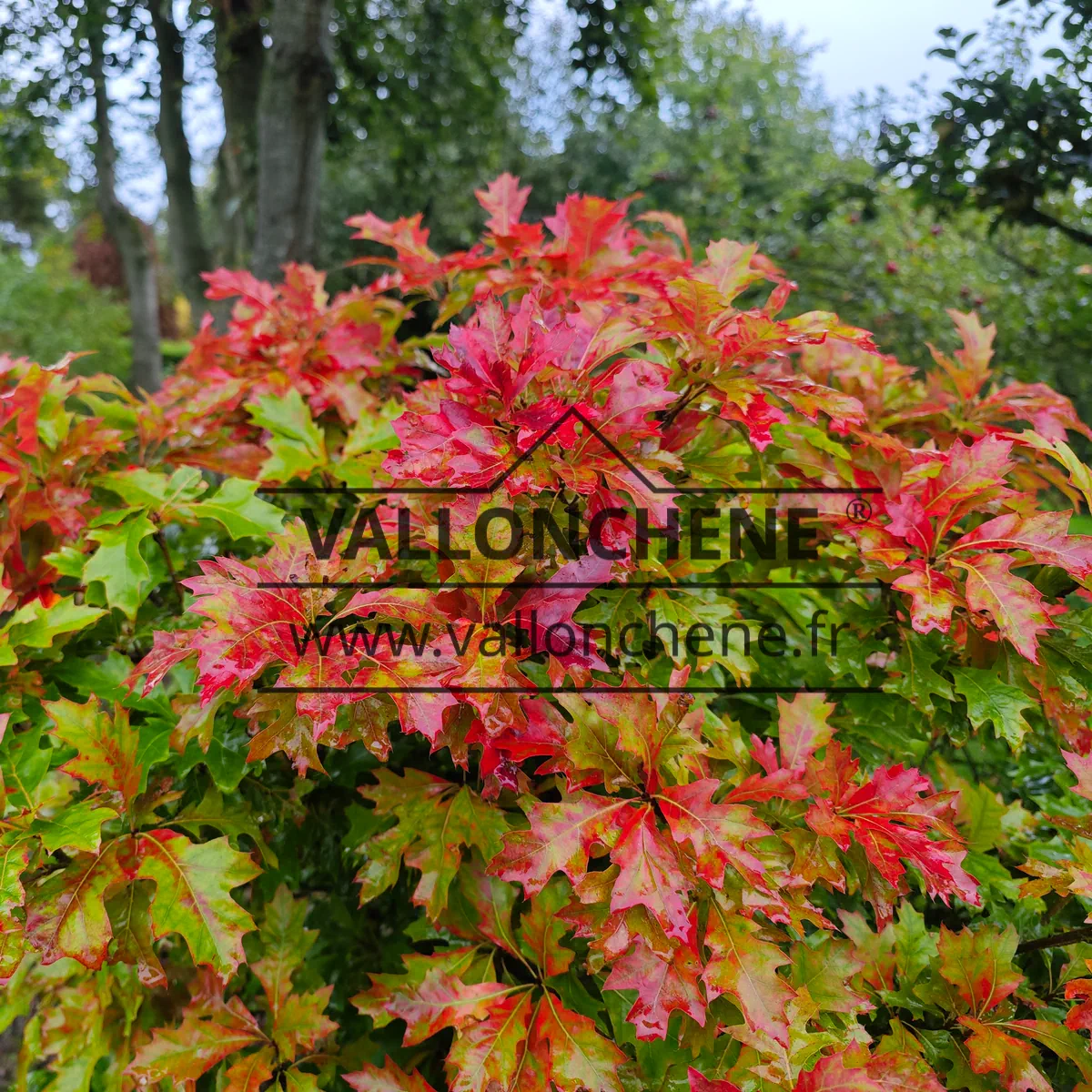
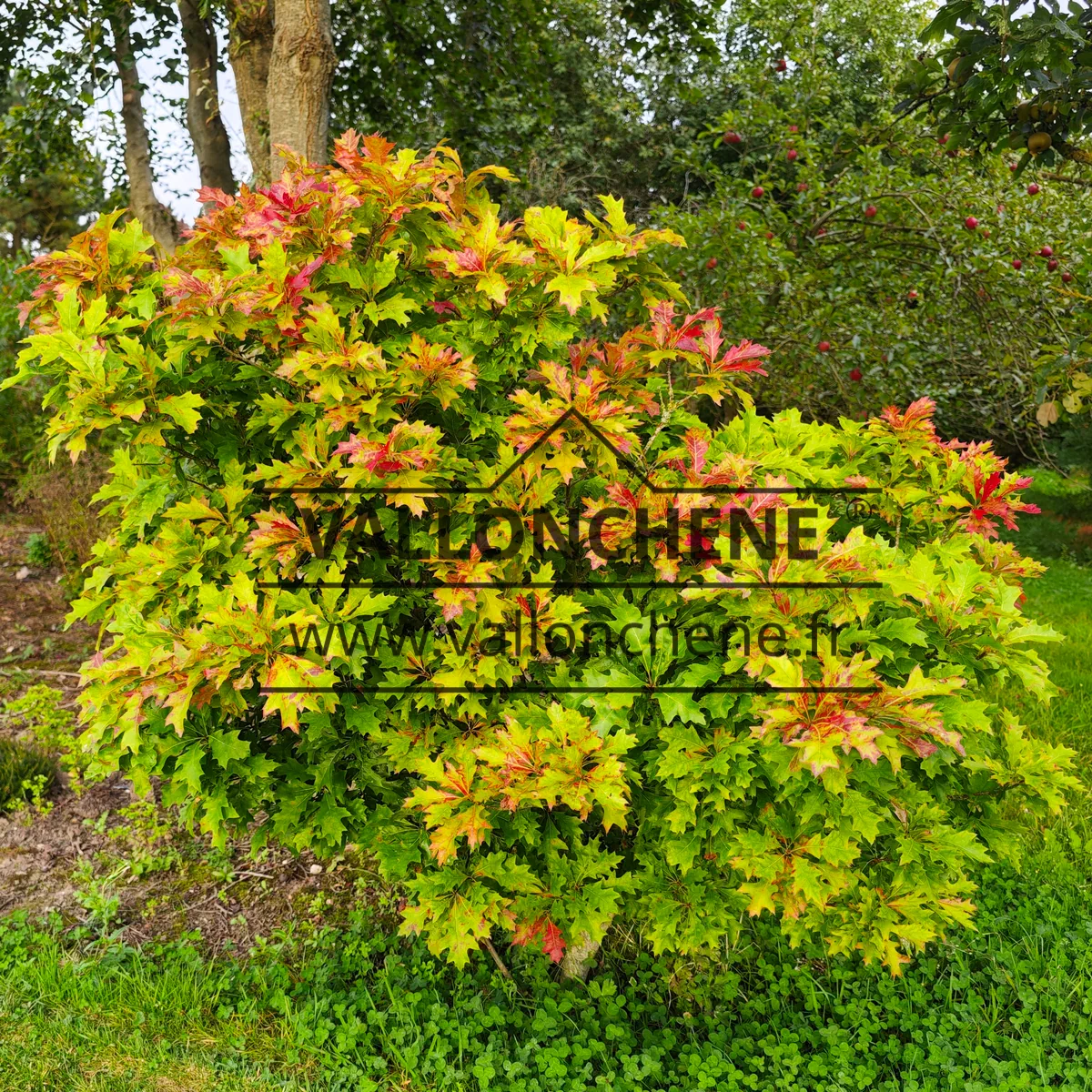
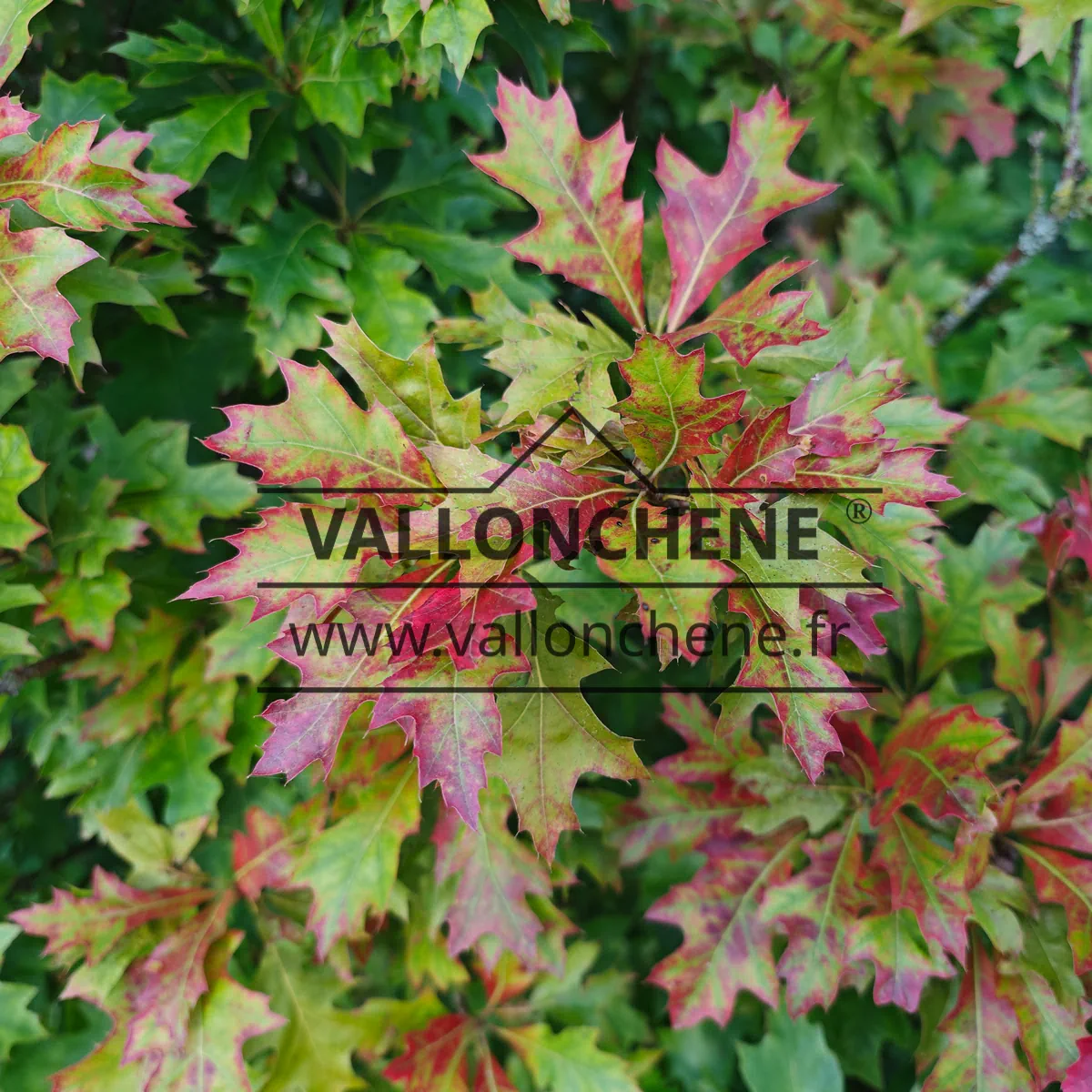
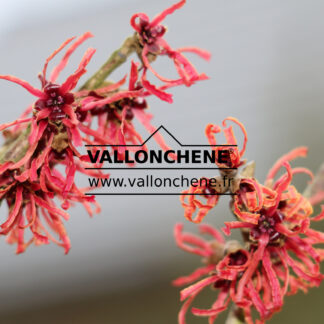



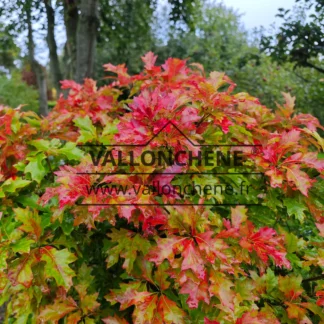
Reviews
There are no reviews yet.